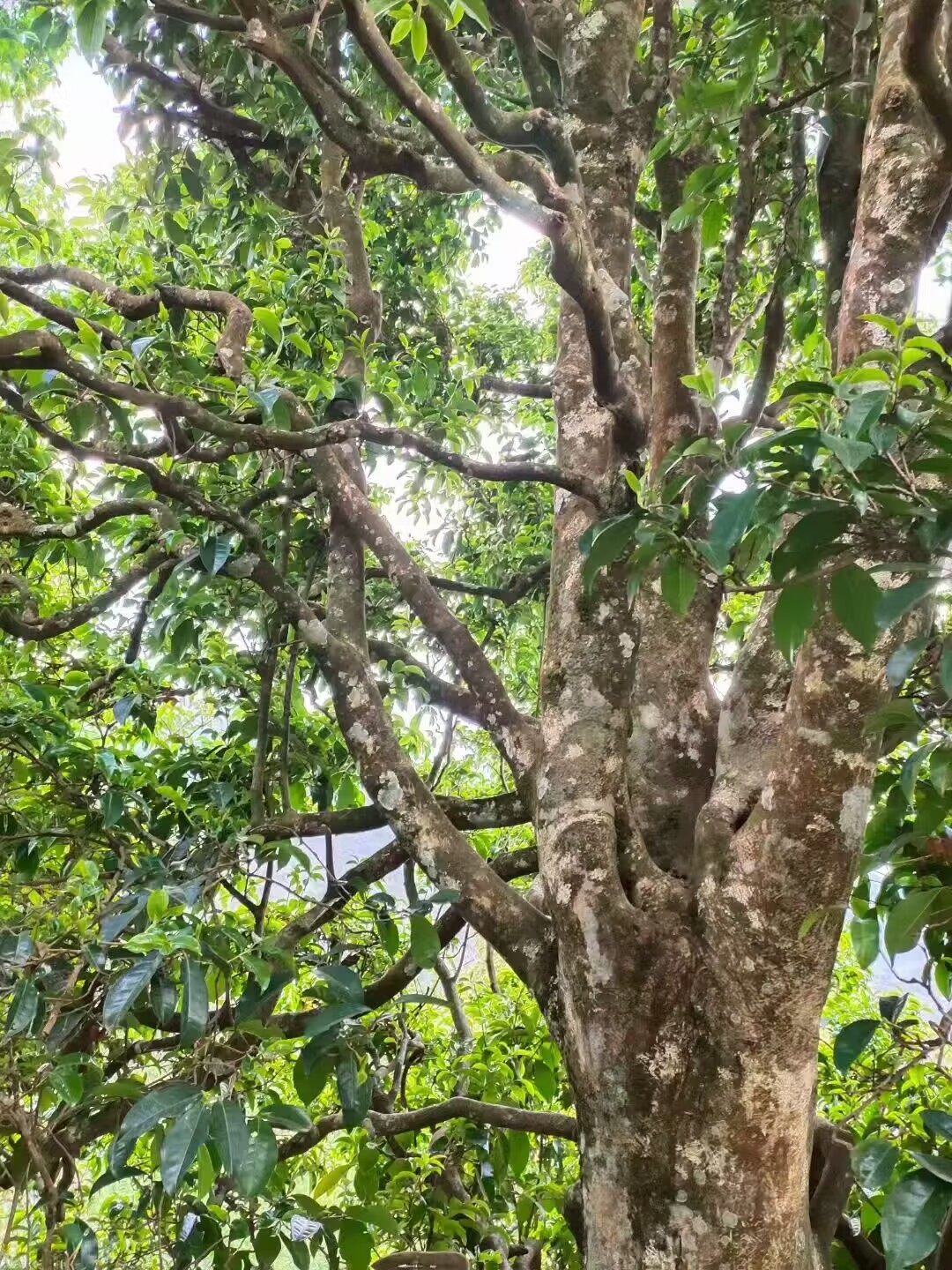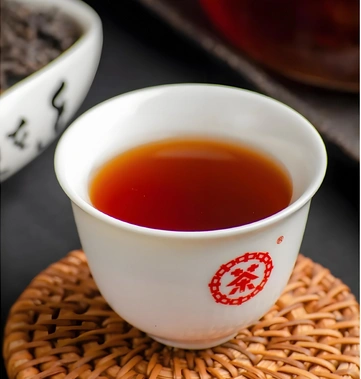Imagine lifting a warm cup to your lips, inhaling steam that carries whispers of aged wood, sweet malt, and forest floor musk. That’s the magic of Chinese dark tea—a beverage that seduces your senses and soothes your soul. In this guide, you’ll discover everything you need to know about Chinese dark tea: from its ancient fermentation roots to its modern health benefits, iconic varieties to precise brewing methods, proper storage, and how to choose authentic leaves. Whether you’re a curious newcomer or a devoted enthusiast, prepare to embark on a sensory journey that transforms every sip into a moment of pure, earthy indulgence.
What Is Chinese Dark Tea?
Chinese dark tea—hei chá—is a unique category of post-fermented teas that undergoes microbial fermentation after initial drying. Unlike green tea’s fresh vibrancy or black tea’s brisk sweetness, dark tea develops deep, rounded flavors over weeks, months, or even years.
- Definition & Process
After withering and rolling, dark tea leaves are piled, moistened, and allowed to ferment under controlled heat and humidity. This “wet-pile” process cultivates beneficial microbes that break down compounds, creating the signature earthy, woody, and sweetest-ever notes. - Regional Varieties
- Pu-erh (Yunnan): Perhaps the most famous, Pu-erh ranges from bright, astringent “raw” (sheng) styles to mellow, cocoa-rich “ripe” (shu) teas.
- Liu Bao (Guangxi): Smooth, slightly spicy, with a honeyed aftertaste.
- Fu Brick (Hunan): Dense bricks often infused with tobacco or flower petals, offering a complex bouquet.
Each region’s terroir and microflora leave an indelible imprint on the tea, making every cake and brick a fingerprint of its birthplace.

Health Benefits of Chinese Dark Tea
Savoring Chinese dark tea is an indulgence—and a boon to your wellbeing.
- Digestive & Metabolic Support
The fermented microbes generate enzymes that gently assist fat breakdown, helping you feel lighter after heavy meals. - Cholesterol Reduction & Heart Health
Studies link regular consumption to lower LDL (“bad”) cholesterol and improved vascular function. - Antioxidant & Immune Boosting
Rich in polyphenols and theaflavins, dark tea fights oxidative stress and supports your body’s natural defenses.
Each comforting cup is a ritual of self-care, a moment to pause, breathe, and recharge.
Key Types of Chinese Dark Tea
Raw (Sheng) vs. Ripe (Shu) Pu-erh
- Sheng (Raw) Pu-erh: Sun-dried cakes that evolve over decades—bright at birth, honeyed with age.
- Shu (Ripe) Pu-erh: “Wet-pile” fermented to mimic aging in months. Expect creamy, chocolate-tinted depth.
Liu Bao & Other Styles
- Liu Bao: Rounded, mellow, with a gentle spice that lingers.
- Fu Brick: Pressed with blossoms or tobacco leaf, unleashing floral or smoky perfume.
Flavor Profiles & Aging
Young dark teas can surprise with brisk, grassy notes; well-aged treasures reward patience with layers of caramel, forest mushrooms, and evergreen resin. A proper aging environment teases out these hidden depths.
Brewing Chinese Dark Tea
Gongfu Method for Hei Cha
- Measure Precisely: 5 g tea per 120 ml water.
- Rinse Leaves: Steep 5 s, discard to awaken flavor.
- Short Infusions: Start at 8–10 s, adding 2–5 s per round.
- Savor Evolution: First steeps shimmer with malt; later ones bloom into tobacco and toffee.
Western Steeping for Convenience
- Ratio: 2 g tea per 200 ml water in a teapot or infuser.
- Long Soak: 3–7 min depending on strength—short for gentle sweetness; long for full-bodied warmth.
- One-Pot Pleasure: Perfect for mornings or casual sharing.
Boiling & Cold Brew Techniques
- Boiling: Simmer 5–10 min with 5 g per 500 ml water. Strain for a rich, hearty brew—ideal for latte bases or iced tea concentrates.
- Cold Brew: Soak 5 g per 200 ml cold water in the fridge 8–12 h. The result is silky, low-bitterness tea that’s wildly refreshing.

🔗 For more tea brewing methods, check out the YouTube video explaining the brewing methods.
Storage & Aging Best Practices
To nurture your tea’s potential, store with reverence:
- Humidity & Temperature: 60–70 % humidity, 20–25 °C.
- Containers: Breathable clay jars or unglazed ceramic to allow gentle airflow.
- Rotation & Inspection: Every few months, rotate cakes and inspect for mustiness—proper aging smells sweet-earthy, never dank.
Under these conditions, dark tea ages gracefully, adding complexity without mold or off-flavors.
How to Buy Authentic Chinese Dark Tea
Finding genuine dark tea means knowing quality:
- Leaf & Cake Recognition: Look for whole, intact leaves; consistent cake compression; a faint sheen of “tea frost” on aged Pu-erh signals maturity.
- Trusted Vendors: Seek sellers with clear provenance, age-stamped cakes, and third-party certifications.
- Price vs. Value: Rare, long-aged teas command premium prices—but well-stored 5–10 year cakes offer sublime drinking without breaking the bank.
Invest in authenticity, and every brew becomes a voyage to China’s ancient tea trails.
FAQ: Chinese Dark Tea Questions
Q: How long can you age Pu-erh safely?
A: Decades—some Pu-erh cakes improve for 50+ years if stored correctly.
Q: Can dark tea go bad?
A: Poor storage (excess moisture or odors) can spoil tea. Properly kept, dark tea remains enjoyable for years.
Q: Which tea accessories are essential?
A: A gaiwan or Yixing pot for gongfu; a sturdy kettle; breathable storage jars.
Conclusion & Recommendations
Chinese dark tea is a sensual tapestry of flavor, history, and wellbeing. By mastering its brewing—from precision gongfu steeps to relaxed western soaks—you unlock its full spectrum: sweet malt, rich earth, and uplifting huigan. Store your cakes in stable, airy environments and buy from reputable sources to ensure authenticity.
Top 2 Teas & Vendors for 2025
- 20-Year Aged Raw Pu-erh (Yunnan): Bright evolving sweetness—available at2004 FuHua Pu‑erh Tea.
- Liu Bao Classic (Guangxi): Smooth spice and honeyed finish—find it at Doushayun Liubao Tea.
Let every cup of Chinese dark tea transport you—across centuries, mountains, and mist—to discover the soul of hei chá.



